
ArtOutreach public sculpture tour for students
Mae Anderson, serves as the chairman of Art Outreach, a non-profit organisation committed to promoting art appreciation and nurturing the connections within Singapore’s art community. Mae’s contributions extend to her role as the Head of Philanthropy Services Asia at BNP Paribas Wealth Management, where she collaborates with clients to bring their philanthropic visions to life
LUX: How has your personal philanthropy informed your corporate role?
Mae Anderson: My experiences in the philanthropic sector have reinforced for me the importance of aligning business values with social responsibility. This is essential to benefit the communities we serve and to enhance the reputation and sustainable values of the organisation. Corporate philanthropy is not just a matter of financial contributions; it is about creating meaningful, sustainable change by strategically leveraging resources and expertise. I prioritise building strong relationships with nonprofits, community leaders, and clients who share our commitment to making a positive difference. This collaborative approach has proven instrumental in developing effective philanthropic strategies that maximise our impact.
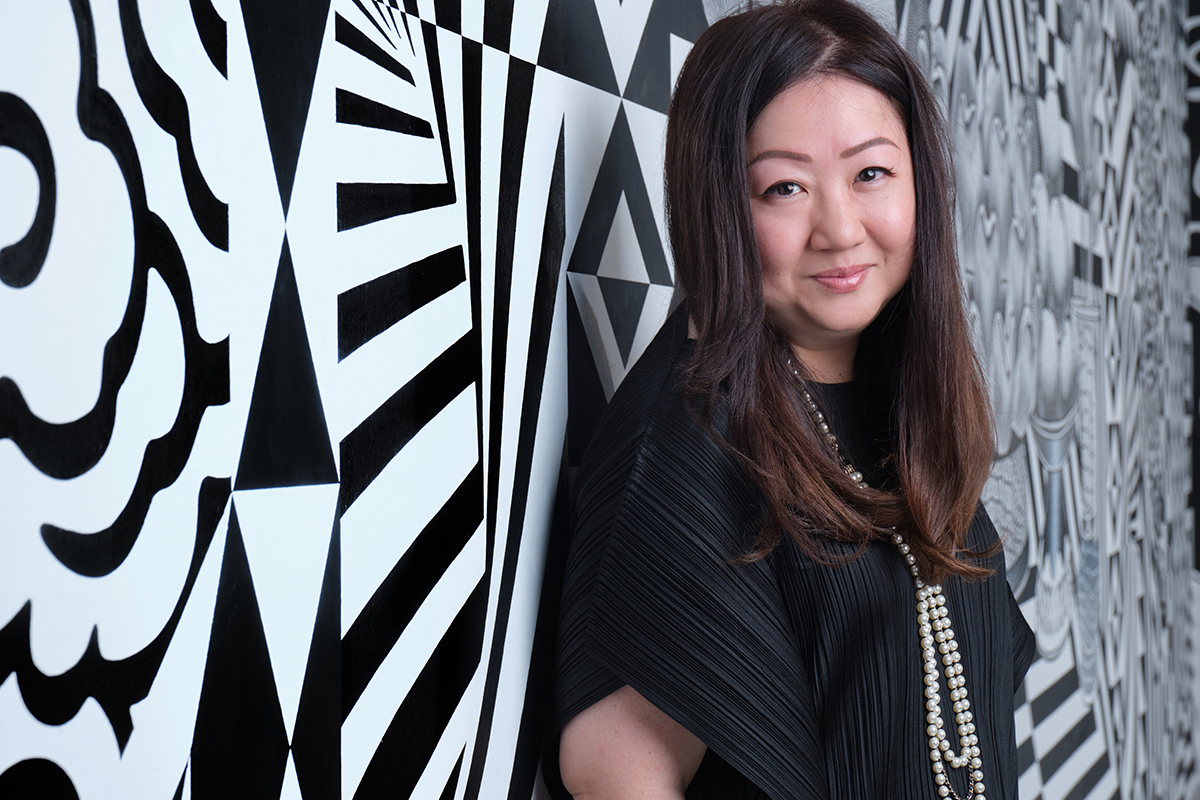
Mae Anderson, , posed against a mural by Singaporean artist, Chris Chai
LUX: Why was Art Outreach founded and what were the early successes?
MA: Art Outreach was founded to introduce art appreciation into Singapore’s education system, particularly in elementary schools where the focus was primarily on art making, and where there was a lack of emphasis on art appreciation, compounded by a shortage of trained art teachers and limited exposure to the humanities. 20 years on, there have been significant changes in the education landscape In the early stages, our volunteers were trained to deliver free art lessons to local classrooms and played a crucial role in enriching students’ visual literacy and cultural awareness. These early efforts successfully addressed the need for art appreciation, fostering a greater understanding of cultural diversity and societal dynamics among young learners, addressing a crucial need in the education system while adapting to the changing educational landscape.
Follow LUX on Instagram: luxthemagazine
LUX: What is behind the wave of interest in cultural philanthropy in Singapore and the South Asia region?
MA: There are several interconnected factors. First, there is the desire to preserve and celebrate cultural heritage. In an increasingly globalised world, people recognise the importance of safeguarding and promoting their unique traditions, arts, and history, fostering a deeper connection to one’s roots and a sense of cultural pride. The region’s economic growth has played a pivotal role.
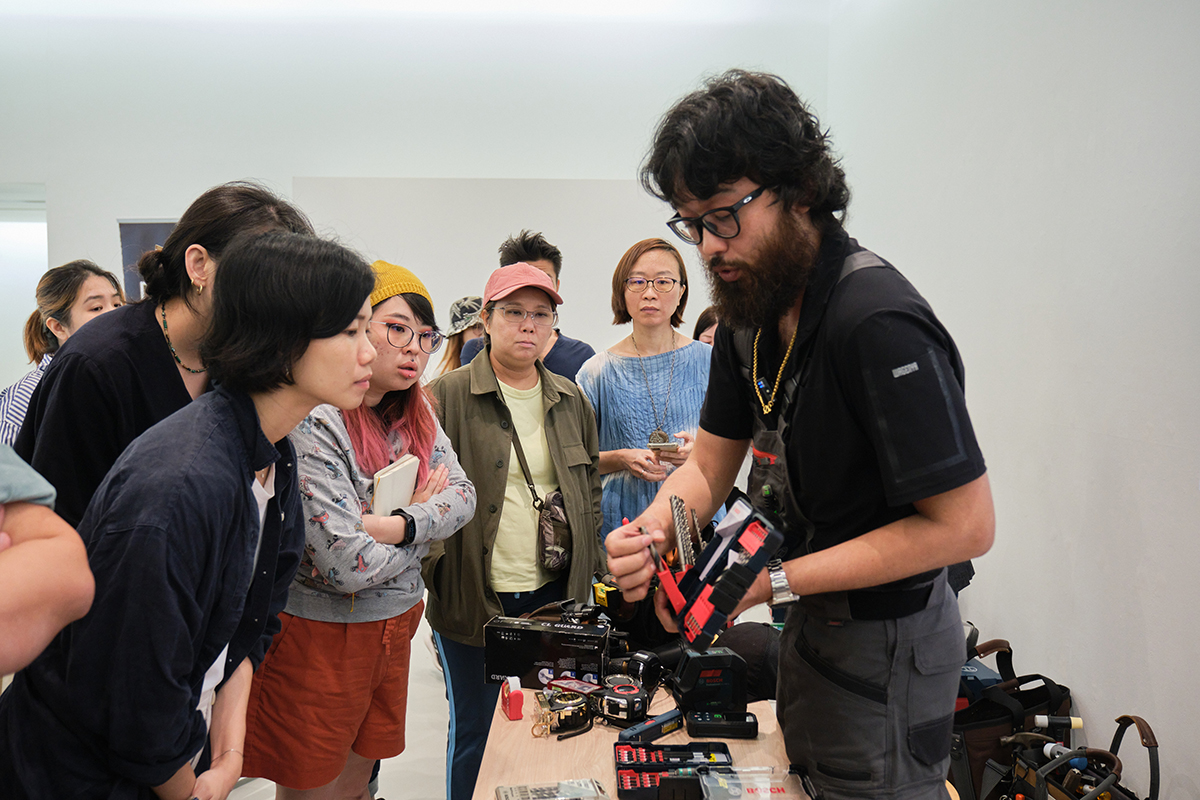
Level Up by curator, John Tung, one of a series of professional development workshops run by Art Outreach. In this workshop, participants learned the finer points of art installation
The rise of the middle class with disposable income opens doors, and as people become more financially secure, they seek meaningful ways to give back to their communities and support cultural initiatives that resonate with their values and aspirations, further fuelling the interest in cultural philanthropy. Governments in the region have introduced policies and incentives to drive private investment into cultural projects and institutions. Further, cultural attractions draw tourists , enhancing exchequers and soft power, Finally, the emergence of the mega-wealthy 1%, catalyses support for cultural initiatives and leads collaborations.
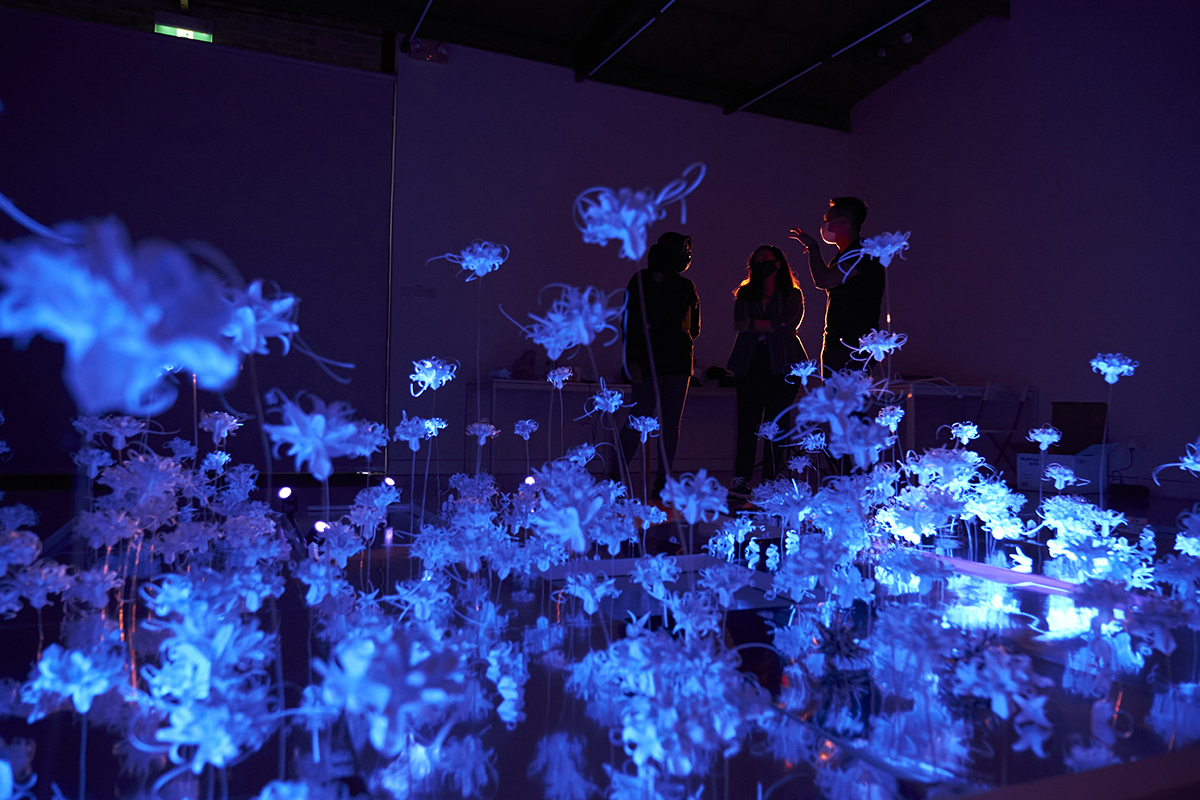
Benedict Yu, from 生 Rebirth as part of 醉生夢死 erosion, his solo exhibition at Art Outreach in August 2021
LUX: How has Art Outreach evolved an ecosystem for all stakeholders?
MA: As explained, we began by seeding art education within local elementary schools set about creating an art landscape. We extended our reach to communities through public programmes, discussions, and tours. This made contemporary art more accessible and relatable to local audiences. We support emerging artists through initiatives like the IMPART Art Prize to offer holistic support and foster the development of artists championing Singaporean art.
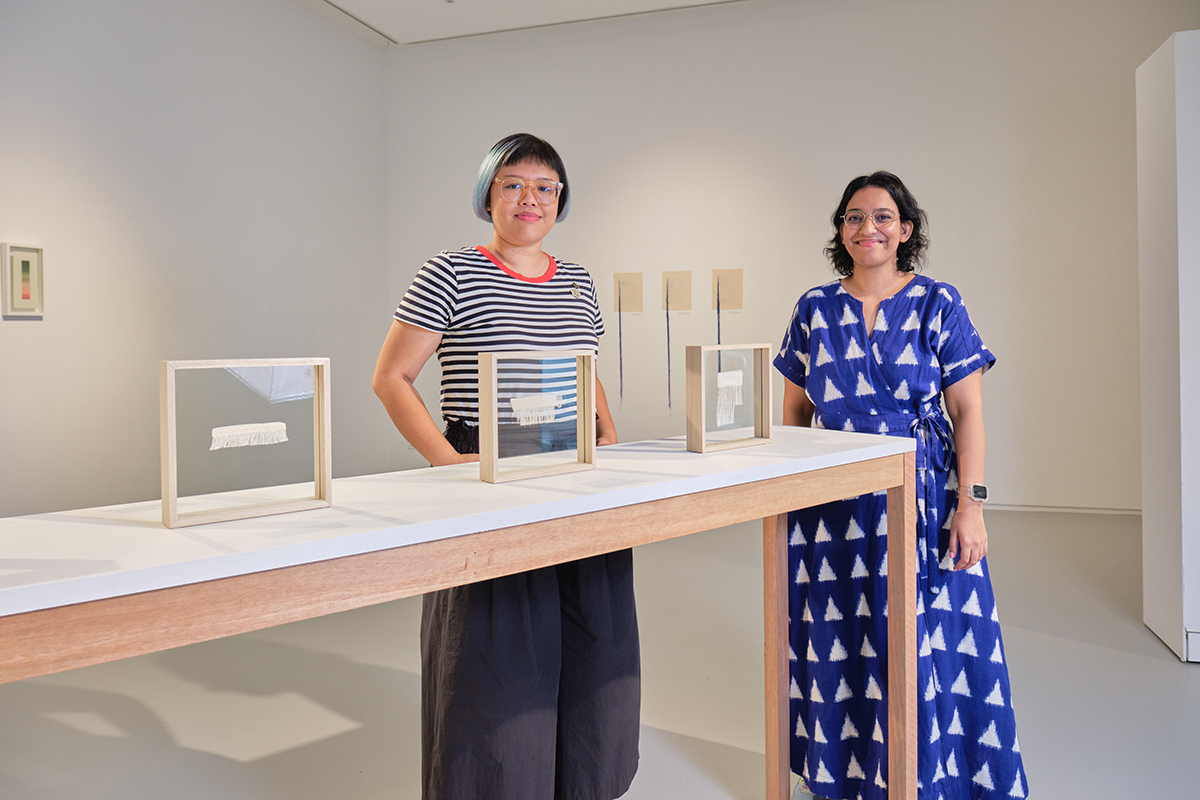
Artist, Berny Tan (left), and curator, Kirti Upadhyaya, against Berny’s artworks from Along The Lines Of – her solo exhibition at Art Outreach in August 2023
From 2024, our Art Outreach Summit will offer artists mentorship, networking opportunities, and a platform to showcase their work, as well as practical programmes such as installation and lighting. More strategically, we enter into public and private partnerships around events and activations. So we serve the range of stakeholders.

ArtOutreach primary school classroom programme
LUX: What is the role for private collectors of contemporary art in Singapore?
MA: Private collectors are custodians of cultural heritage, preserving and showcasing contemporary artworks that provide insights into the evolution of artistic expression and cultural trends. Through their acquisitions, they are patrons of emerging talents and established names, pushing the boundaries of artistic expression, opening their homes or private exhibition spaces to the public, elevating the profile of Singaporean art on the global stage and fostering educational and cultural exchange. Finally, the donation of artworks or funds to cultural institutions and nonprofit organisations, has a lasting impact on the sustainability of the arts ecosystem.

ArtOutreach Art In Transit Tour, Promenade Station. This is a walking tour of the artworks installed in Singapore subway stations
LUX: How should art philanthropists plan so they give effectively?
MA: Effective art philanthropy begins with a clear mission and values aligned with the art landscape and national priorities. Philanthropists should thoroughly research organisations, projects, or artists that match the mission, and then identify gaps and areas where their contributions can make a difference. Establishing clear, measurable goals and key performance indicators (KPIs) can guide their philanthropic efforts and evaluate impact. Philanthropists can diversify their giving portfolio and consider strategic partnerships with like-minded organisations to amplify their impact and bring diverse perspectives.
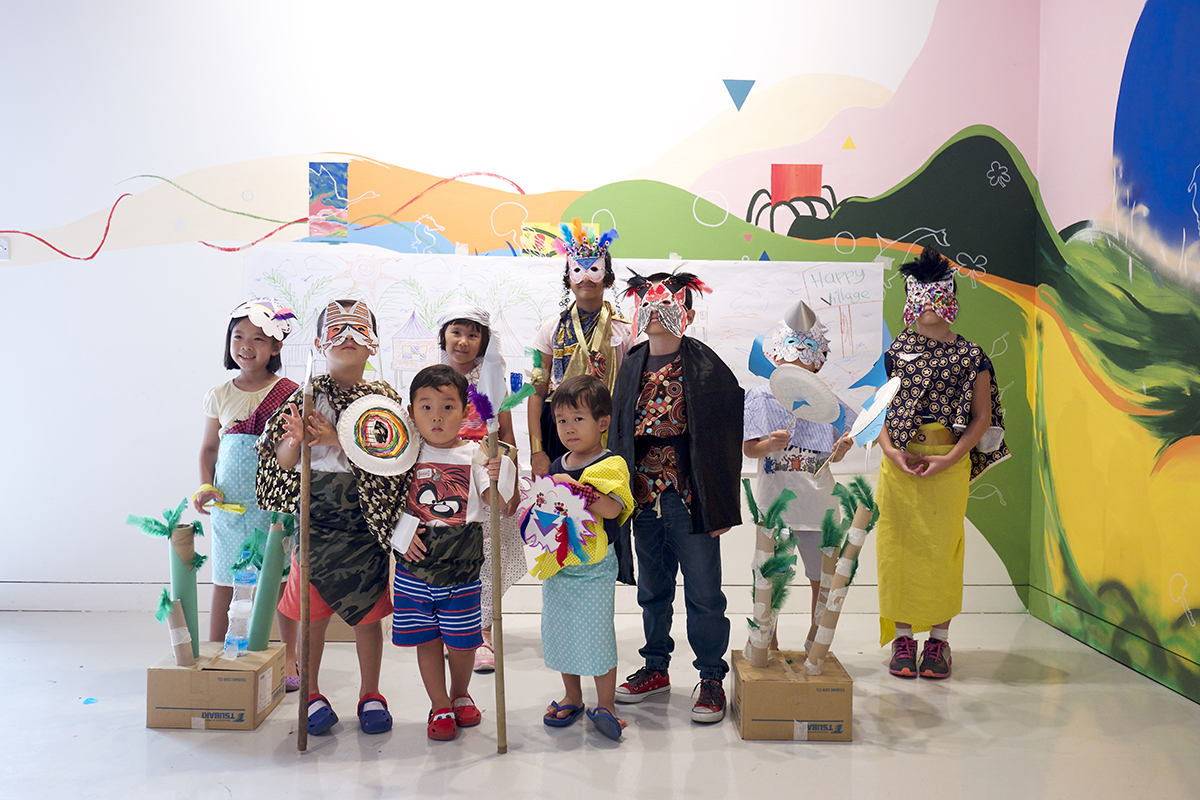
Art Outreach children’s art workshop
They should assume longterm commitment to foster lasting change and address evolving needs within the arts community. It is critical to implement systems for measuring impact, remain adaptable, and be responsive to changing circumstances or emerging needs in the arts landscape.
Read more: Aliya and Farouk Khan on the Malaysian contemporary art scene
Actively engaging with artists, cultural institutions, and the broader arts community allows philanthropists to stay connected, and they must adhere to ethical principles, be transparent, and respect artists’ rights. You should consider legacy and tax planning and remember that public engagement can inspire others to support the arts.
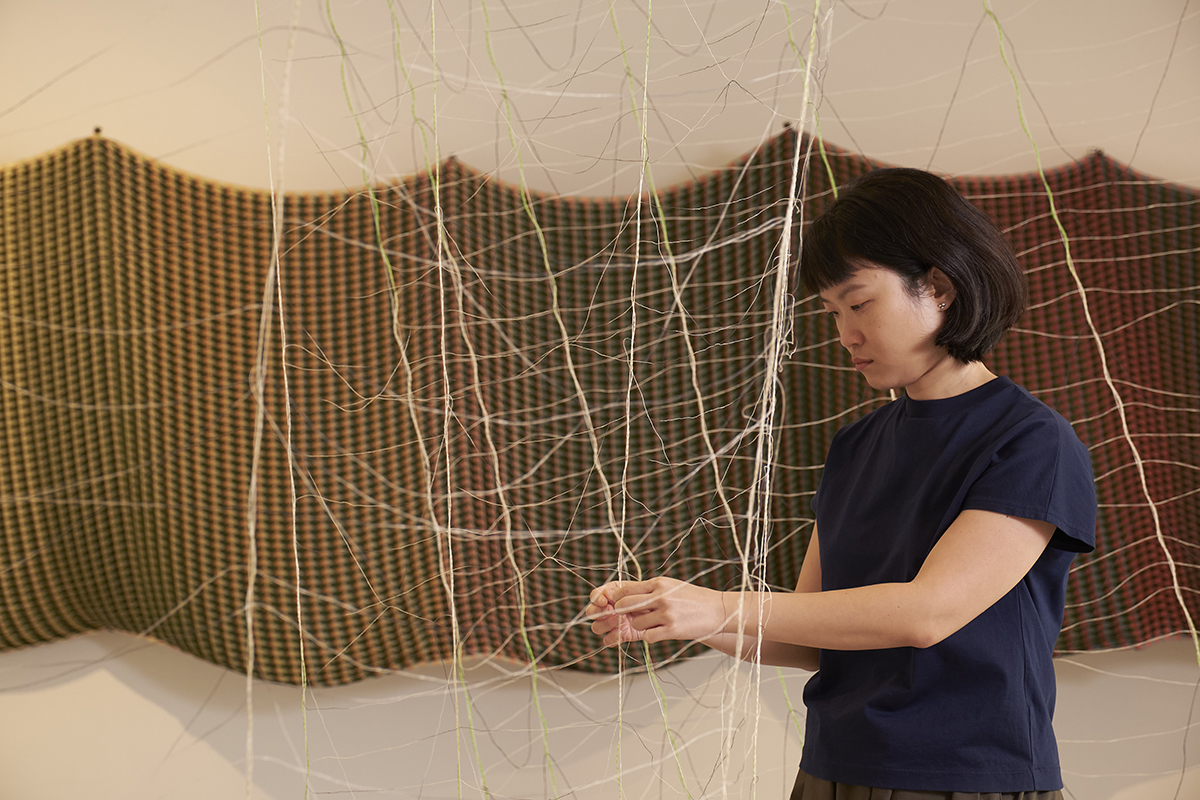
Textile Artist,Tiffany Loy, against her artworks from Lines In Space, her solo exhibition at Art Outreach in January 2023
LUX: How can connectivity and data help in scaling the impact regionally?
MA: Data analysis empowers philanthropists to understand specific regional needs and priorities, to identify areas where their contributions can maximise impacts, and to connect with local organisations and initiatives. By collecting and analysing data in real-time, they decide where best to allocate resources. By collaborating, donors leverage their resources more efficiently, engage directly with regional communities, scale effectively, advocate, share experience, measure impact, and together drive long term change.
LUX: What is your personal advice to a client embarking on their philanthropy journey?
MA: Trust in your passion and purpose. Philanthropy is about making a positive impact on the causes that matter most to you. Sustainable change takes time so persevere. Finally, stay humble and open to learning and let that inspire your growth as a philanthropist.
Find out more: artoutreachsingapore.org

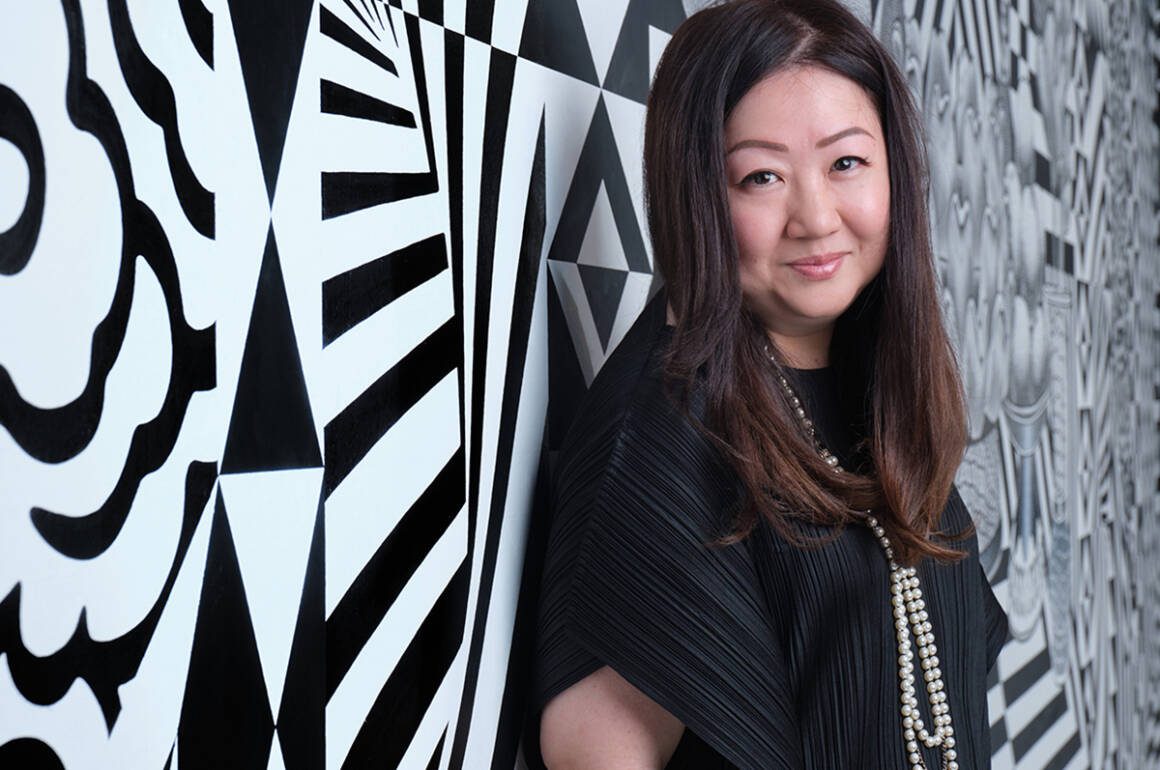


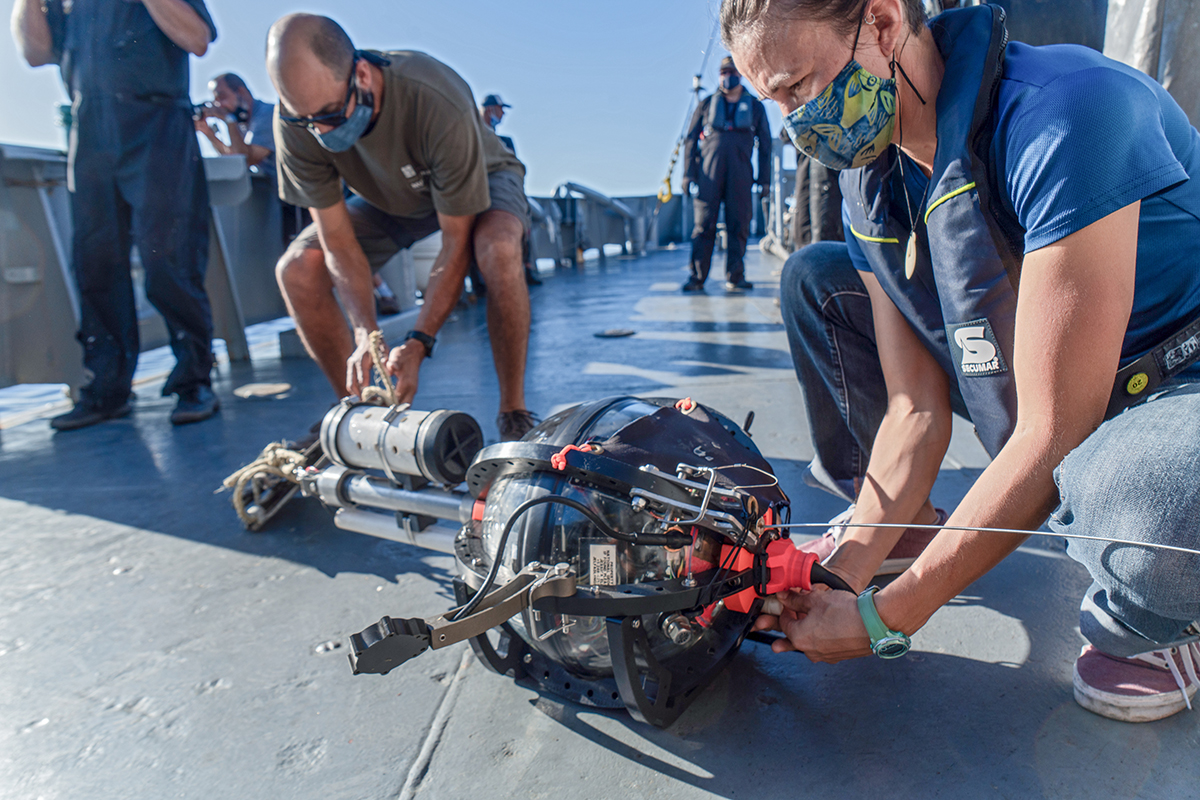
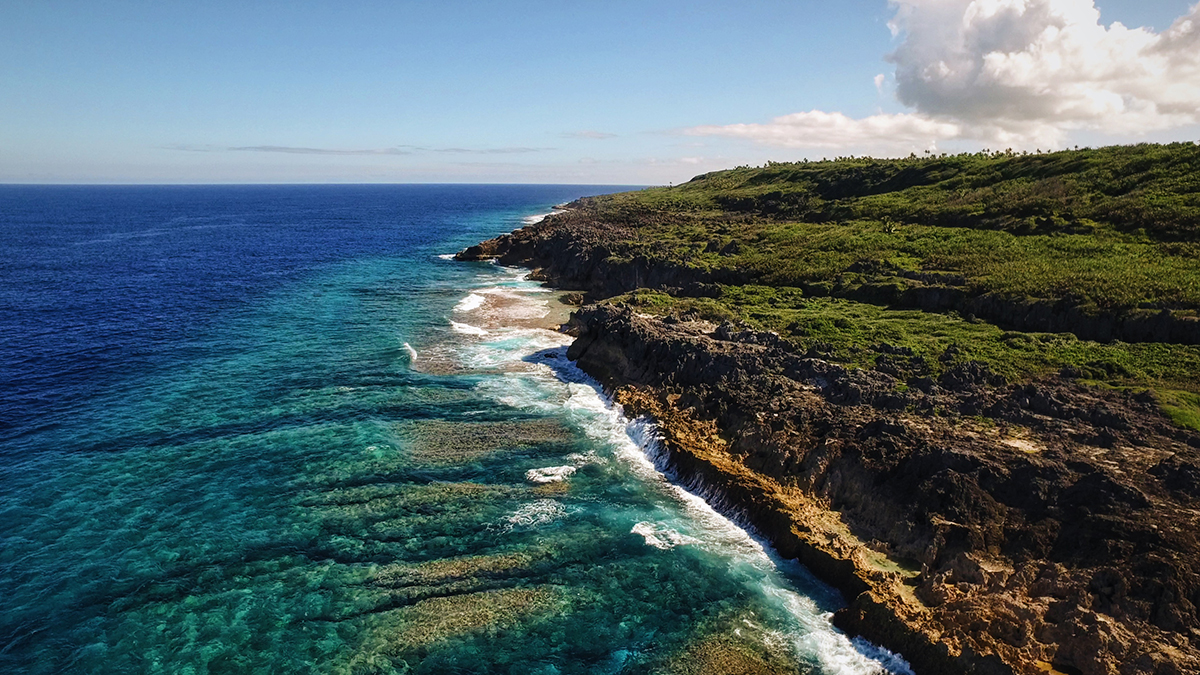
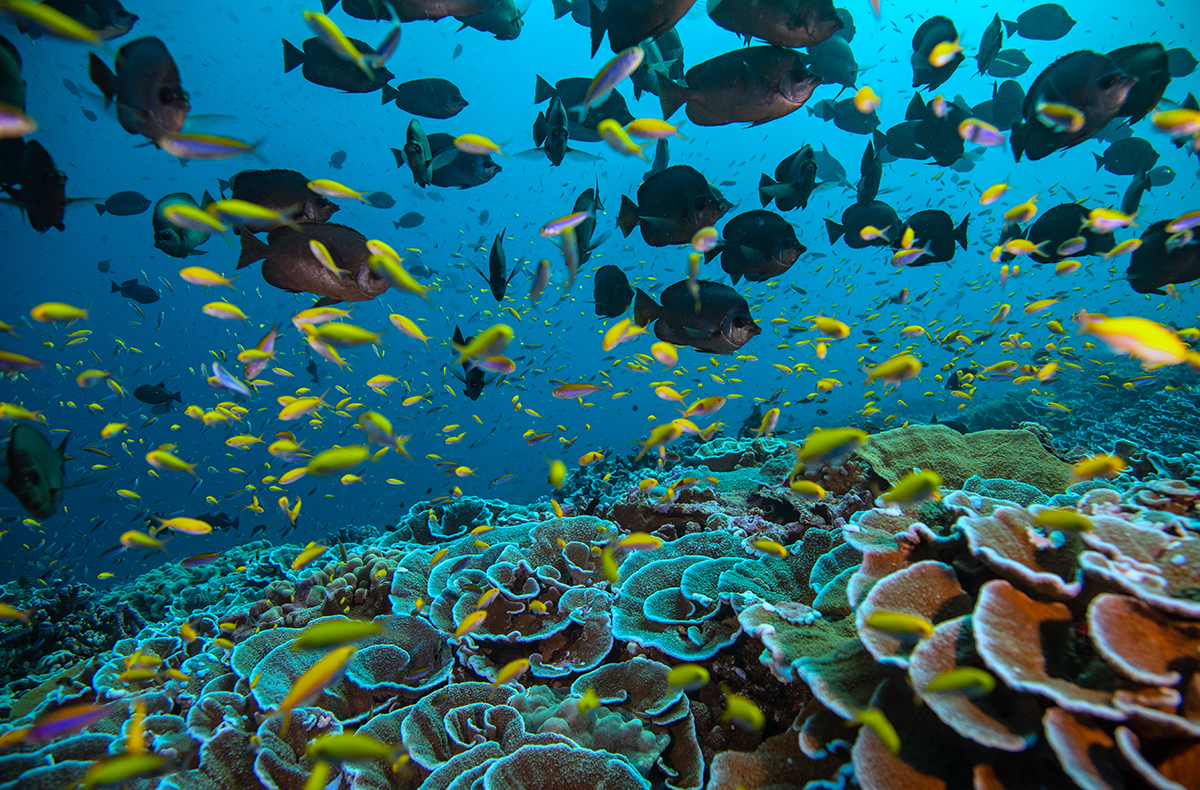
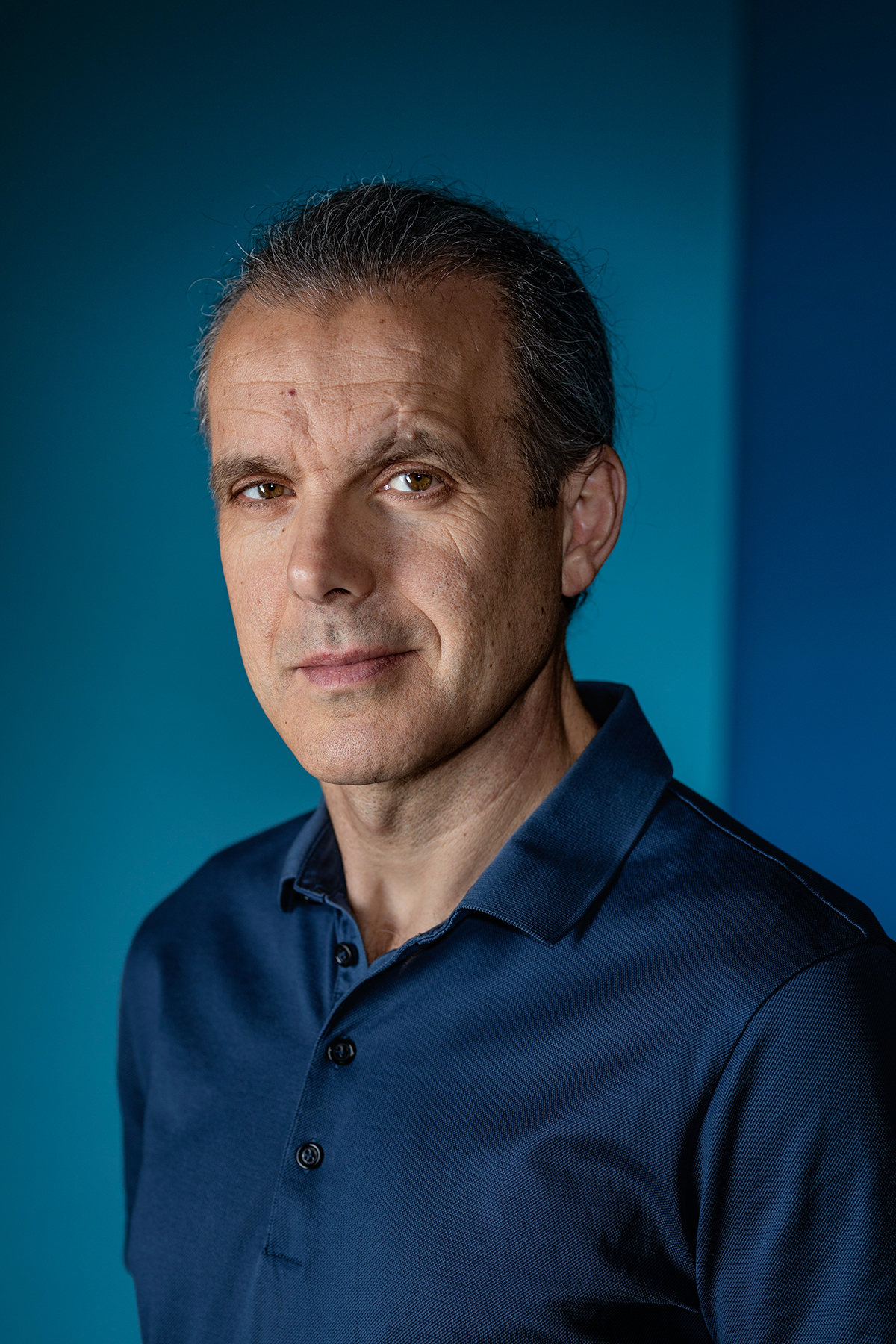
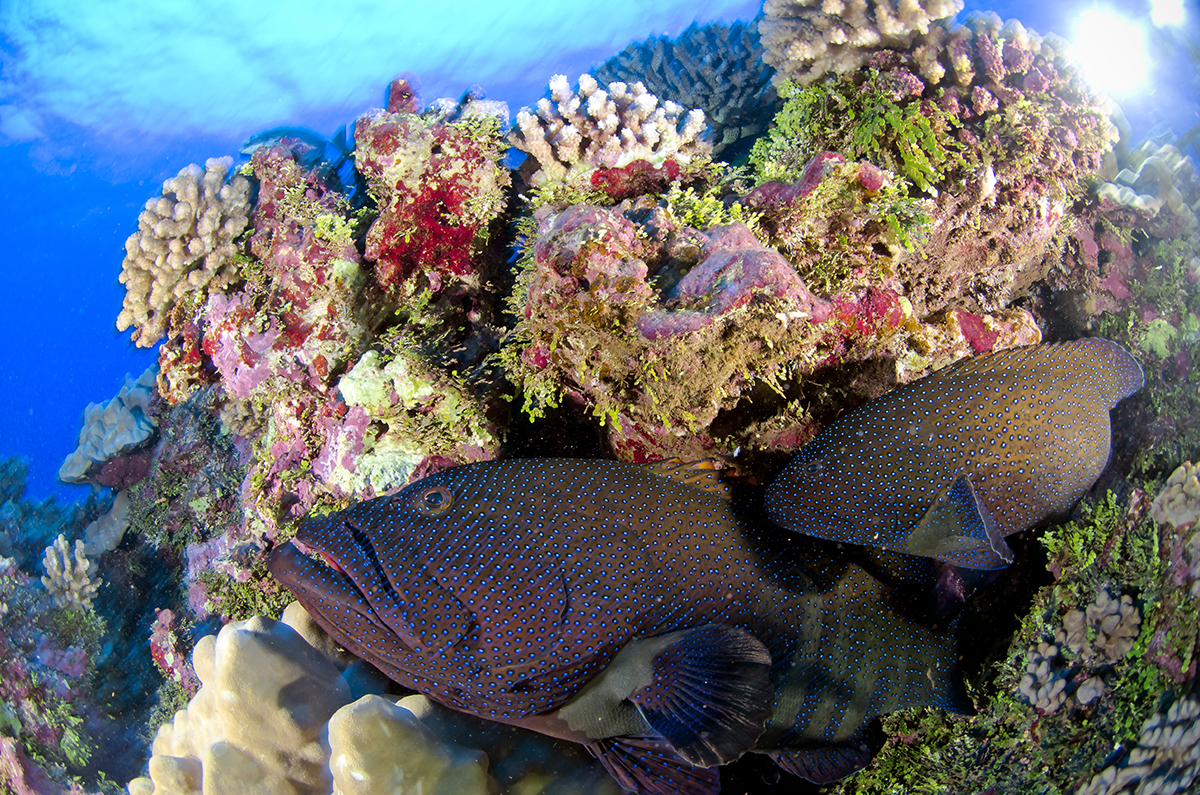
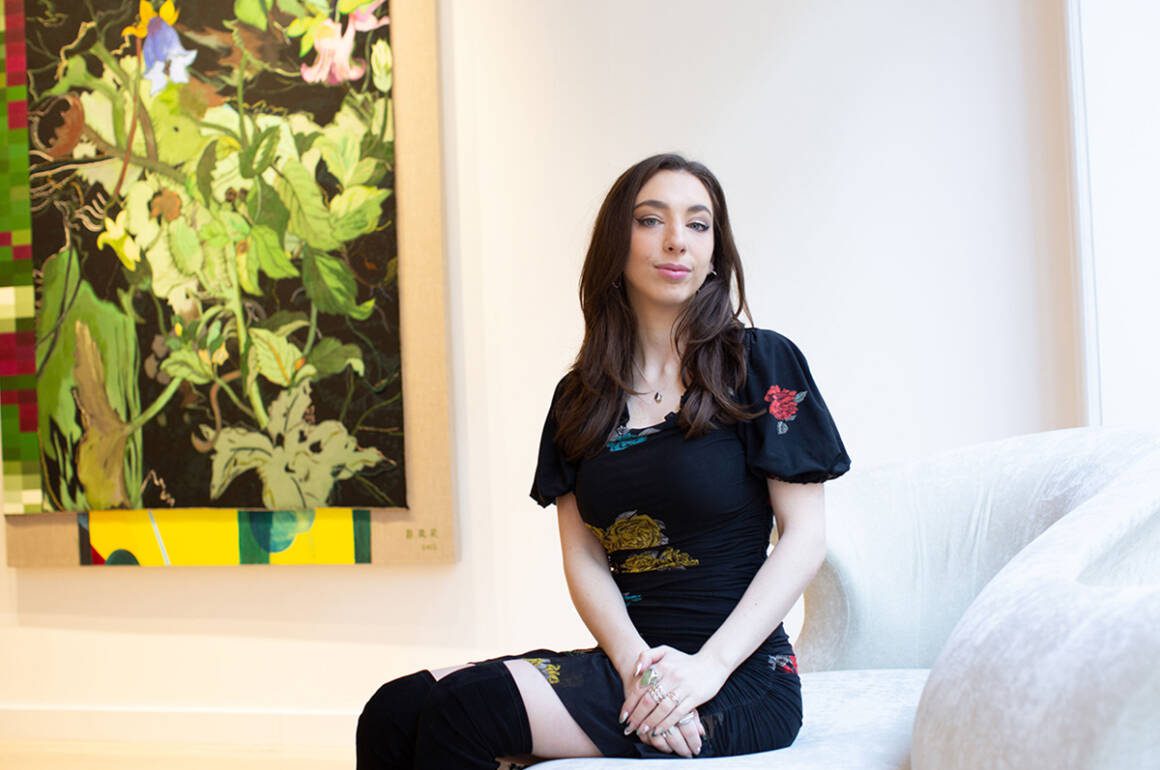
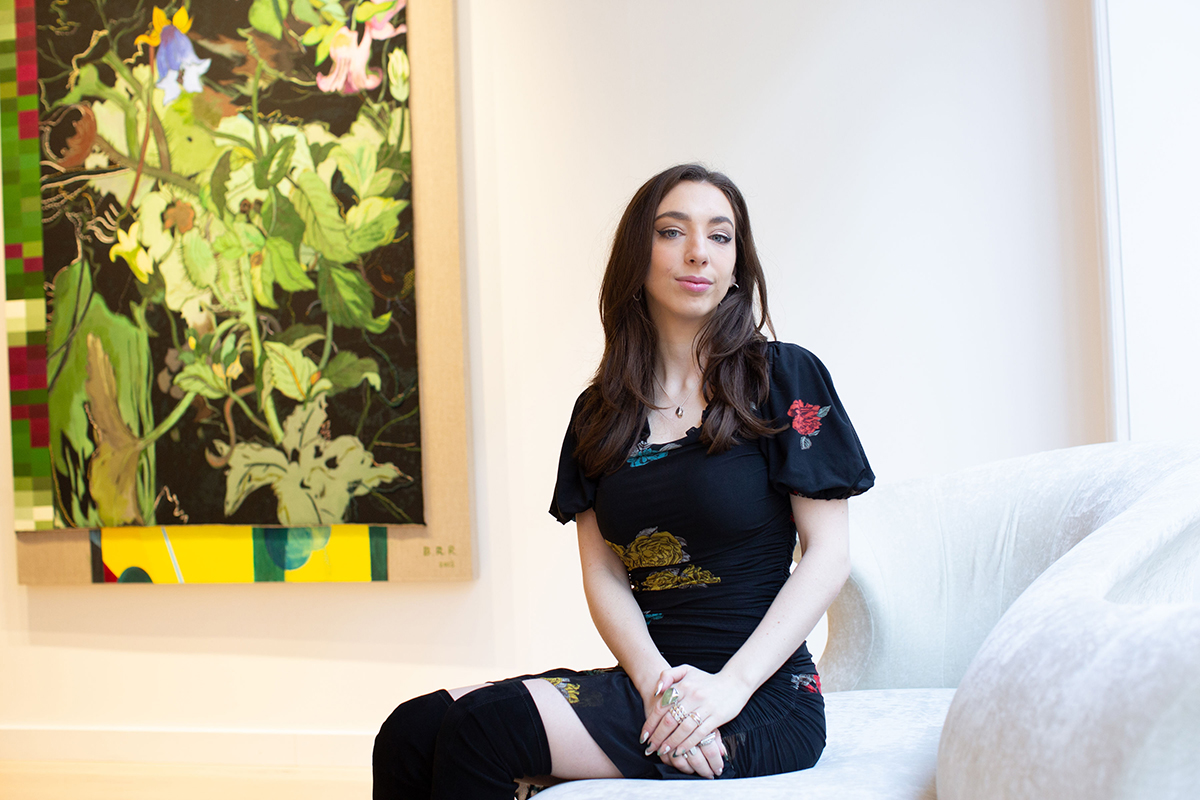

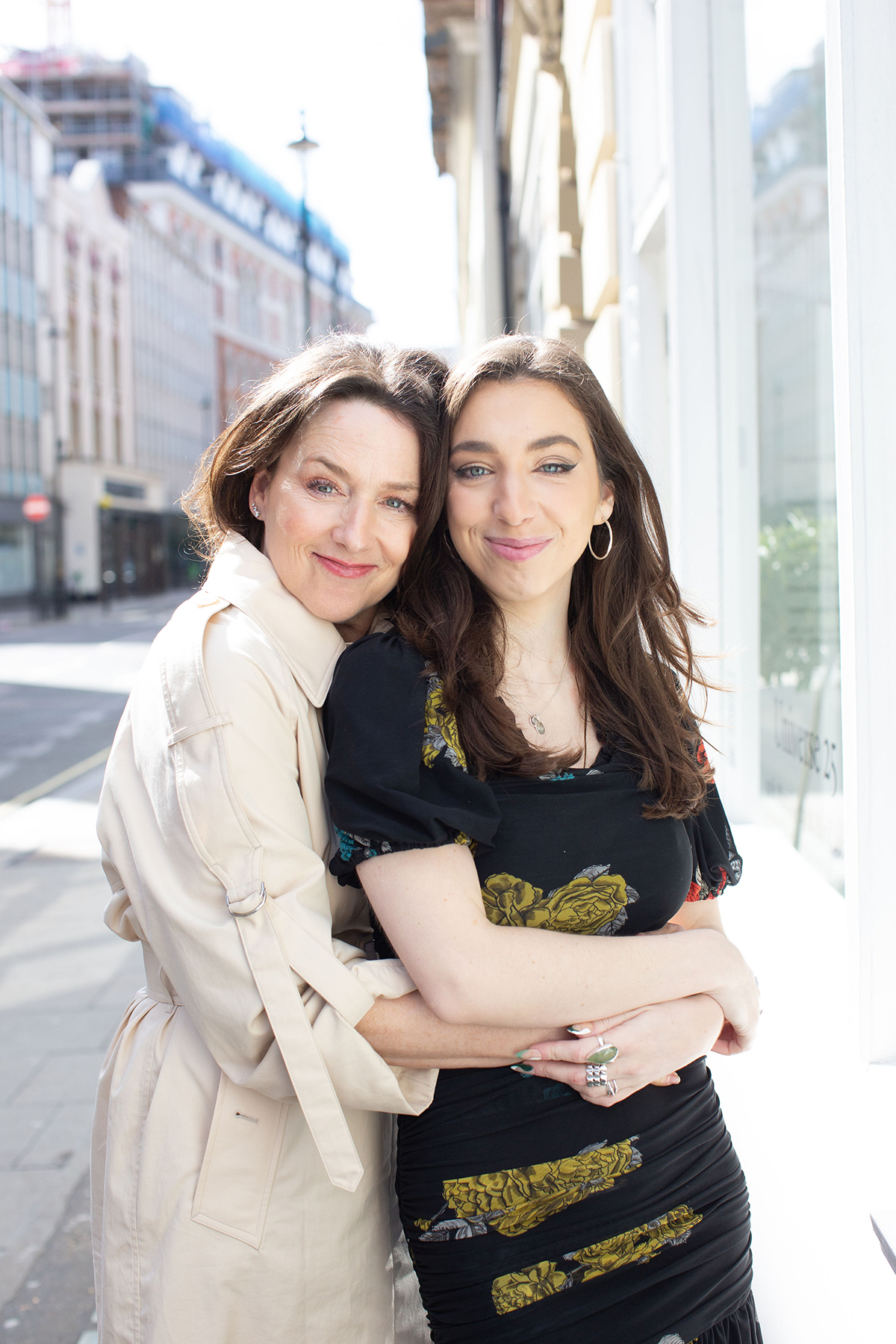
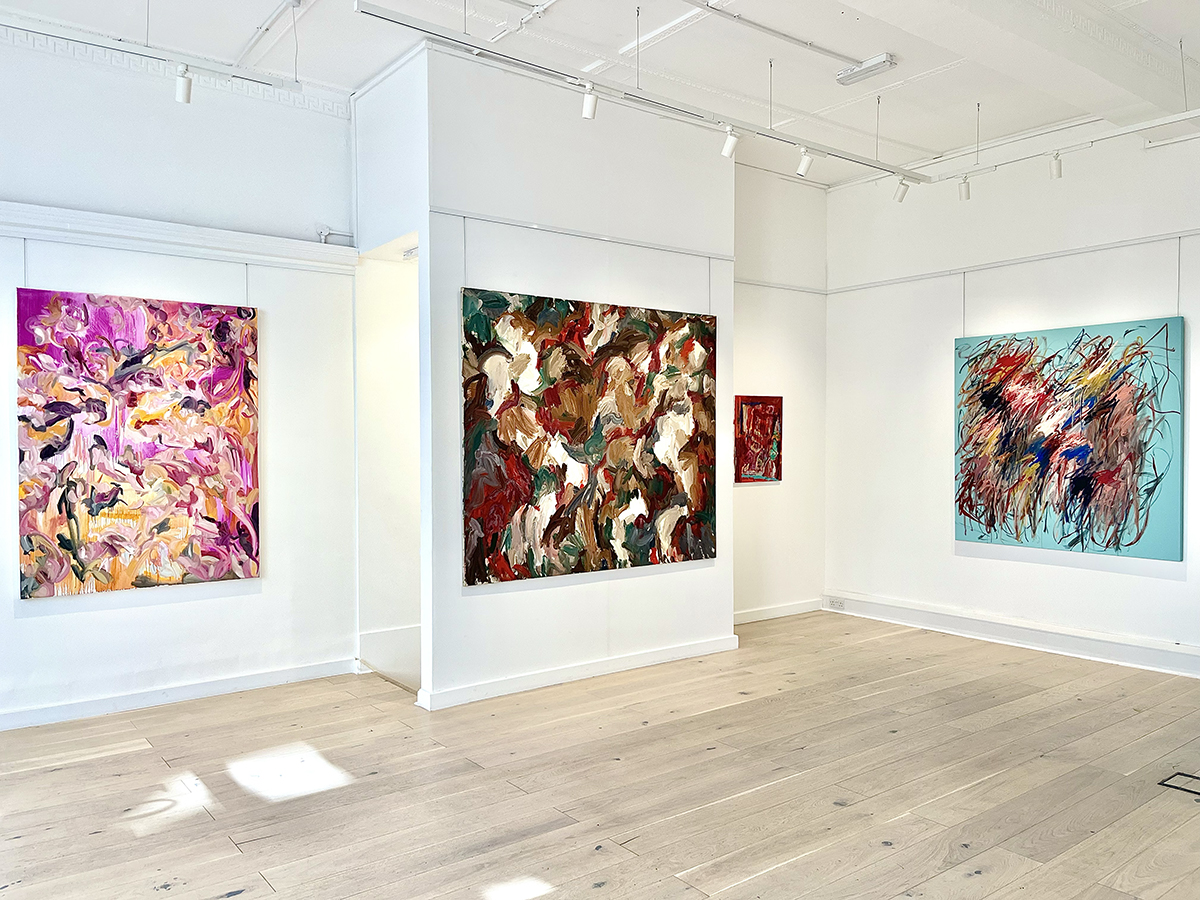





Recent Comments